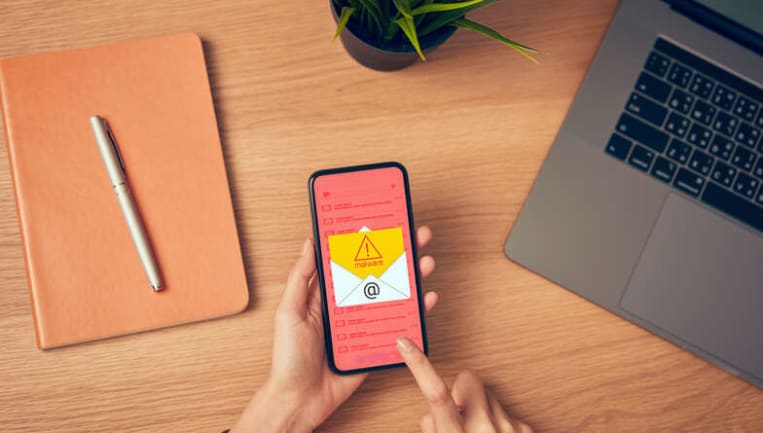
BBB Scam Alert: Phishing email looks like BBB… but it’s not
The BBB name and logo are being fraudulently used by criminals in an on-going email phishing scam. The email looks like a complaint notice from BBB, but it contains links to malware that can infect your computer, steal passwords and open you up to identity theft. Here are eight simple things to do if you get a BBB phishing email.
BBB is working with law enforcement, as well as with a private deactivation firm (at our own expense), to stop this phishing attack and shut down as many criminal websites as possible. To date, we have shut down more than 100 sites.
Always beware of any unsolicited or unexpected communications asking for personal information or telling you to download an attachment. These scams are “phishing” for your Social Security number, passwords, credit card information, or other personal details for use in identity theft. Don’t fall for the bait! Learn more about phishing scams in this BBB tip.
Here are the eight things you can do if you get a phishing email that looks like a BBB complaint:
-
Do not click on any links or attachments.
-
Read the message carefully for signs that it may be phishing email (for example, misspellings, grammar, generic greetings such as “Dear member” instead of a name, etc.).
-
Be wary of any urgent instructions to take a specified action. One common example is “Click on the link or your account will be closed."
-
Hover your mouse over links without clicking to see if the address is truly from BBB.org. The URL in the text should match the URL that your mouse detects. If the two do not match, it is most likely a scam.
-
Send a copy of the email to [email protected] (Note: This address is only for scams that use the BBB name or logo)
-
Delete the suspicious email from your computer completely (be sure to empty your “trash can” or “recycling bin,” as well).
-
Always run anti-virus software and install software updates frequently. If you clicked a link in the phishing email, be sure to do a full system scan.
-
Keep a close eye on your bank statements for any unexpected or unexplained transactions.
If you have a business and are not certain whether the complaint is legitimate, contact your local BBB.

(Getty Images)
Still Need Assistance?
Contact Your Local BBB
Your local Better Business Bureau can assist you with finding businesses you can trust. Start With Trust®.
Additional Resources
Let BBB help you resolve problems with a business
Research and report on scams and fraud using BBB Scam Tracker
Learn more about the value of BBB Accreditation